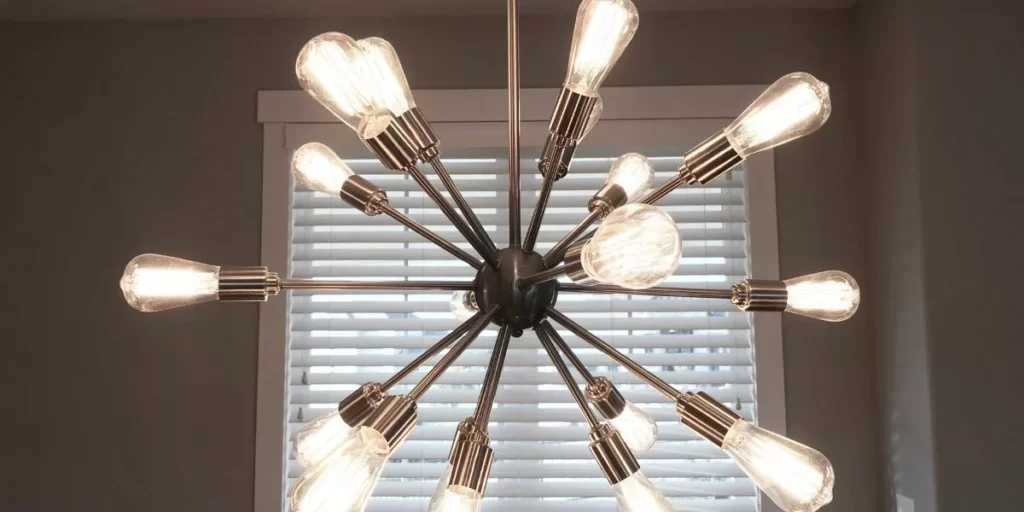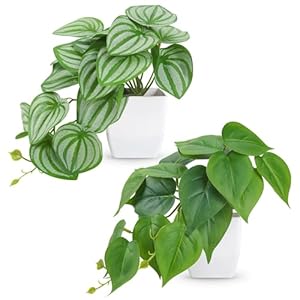
As you navigate the evolving landscape of lighting design in 2024, you’ll find yourself immersed in a world where sustainability, technology, nature-inspired elements, and human-centric solutions converge to shape the future of illuminating spaces. The trends unfolding in the realm of lighting design offer a glimpse into a harmonious blend of innovation and functionality that cater to both environmental concerns and human well-being. Stay tuned to uncover how these trends are reshaping the way we illuminate our environments and enhance our daily experiences.
Sustainable Lighting Practices
Wondering how you can implement sustainable lighting practices in your design projects for 2024? One way to achieve this is by incorporating energy-efficient LED lighting fixtures. LEDs consume significantly less energy than traditional incandescent bulbs, helping you reduce electricity consumption and lower your carbon footprint.
Another key aspect of sustainable lighting is utilizing natural light whenever possible. Design spaces with ample windows, skylights, and light wells to maximize daylight and minimize the need for artificial lighting during the day.
Consider implementing lighting controls such as sensors and dimmers to regulate light output based on occupancy and natural light levels. This not only saves energy but also enhances user comfort by providing customizable lighting experiences.
Additionally, opt for fixtures made from eco-friendly materials and consider the entire lifecycle of the product, from manufacturing to disposal. By prioritizing sustainability in your lighting design choices, you can create visually appealing spaces that are also environmentally conscious.
Smart Technology Integration
To enhance the functionality and efficiency of your lighting design projects, consider integrating smart technology solutions for seamless control and automation. Smart technology integration allows you to remotely control your lighting settings, adjust brightness levels, and create custom schedules tailored to your needs. By incorporating smart sensors, you can enable your lights to respond to motion, daylight levels, or even your voice commands. This not only enhances convenience but also contributes to energy savings by ensuring lights are only used when needed.
Moreover, smart technology integration offers the flexibility to create different lighting scenes for various activities such as work, relaxation, or entertaining guests. You can easily program these scenes and switch between them effortlessly with just a tap on your smartphone or a voice command to your smart assistant. Additionally, by connecting your lighting system to other smart devices in your home, you can create a cohesive smart ecosystem that enhances your overall living experience. Embrace the future of lighting design by incorporating smart technology solutions into your projects for enhanced control, efficiency, and comfort.
Biophilic Design Elements
Consider incorporating biophilic design elements into your lighting projects to bring the rejuvenating essence of nature indoors. Biophilic design aims to connect people with nature, promoting well-being and productivity. By integrating elements like natural materials, organic shapes, and patterns inspired by the environment, you can create spaces that evoke a sense of calm and harmony.
When it comes to lighting design, incorporating biophilic elements can have a transformative effect on the ambiance of a room. Using fixtures that mimic natural light patterns or incorporating plant-inspired motifs can help create a more relaxing and inviting atmosphere. Additionally, incorporating elements like daylight-mimicking LEDs or adjustable color temperature fixtures can enhance the connection to the natural world.
Human-Centric Lighting Solutions
Enhance your lighting design projects with human-centric solutions that prioritize the well-being and comfort of individuals in indoor spaces. Human-centric lighting solutions focus on mimicking natural light patterns to support the body’s circadian rhythm and improve overall wellness. By adjusting the color temperature and intensity of lighting throughout the day, you can create spaces that promote alertness during the day and relaxation in the evening.
Consider incorporating tunable white lighting fixtures that allow for dynamic control of color temperature. This enables you to simulate the natural changes in daylight, helping occupants feel more energized during the day and aiding in better sleep quality at night. Additionally, personalized lighting controls give individuals the flexibility to adjust lighting levels based on their preferences and activities, further enhancing their comfort and productivity.
When implementing human-centric lighting solutions, remember to strike a balance between functionality and aesthetics to create spaces that not only look visually appealing but also contribute to the well-being of the people using them.
Home décor














